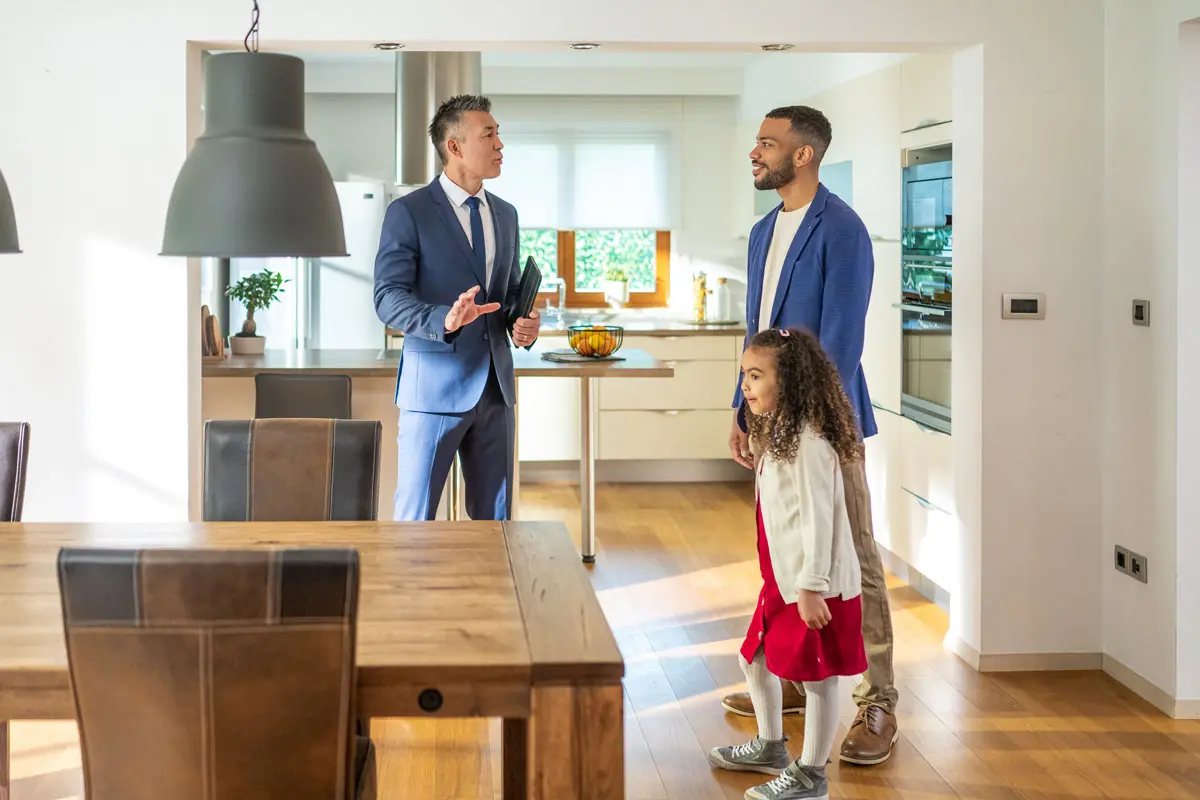
How I did it: Bought a home without a 20 percent down payment

Homebuying decoded: What is an assumable mortgage?

May 13, 2024

When you’re shopping for a new home, open houses can be your only opportunity to thoroughly evaluate the property before you make an offer — so it’s important to make the most of them.
For starters, try not to get distracted by home staging. Sellers can spend thousands of dollars gussying up their homes in the hopes that buyers won’t notice potential flaws or problems with the property. Smart shoppers know to look past the smell of freshly baked cookies and the spotless, on-trend décor.
Instead, try to imagine what can break, what you might need to replace, and what features may bother you later. “Doing so will have such a crucial impact on your happiness and financial security,” says Andrew Perroy, a general manager with Honey Homes maintenance service.
As you embark on the open house circuit, bring along this checklist of features to look for, which can help you decide whether to move forward with an offer — and how much to bid. Remember, this doesn’t take the place of having a professional inspection once your offer is accepted.
Before you fall in love with a property, you’ll want to know what potential major repairs you could face.
1. Signs of foundation issues. A weak, deteriorating or uneven foundation can become a costly problem. “Look at all the outside lines of the house, both vertical and horizontal,” Perroy says. “Do they look straight?” Inside, keep an eye out for diagonal cracks in the walls, difficult-to-open windows or doors, and sloping floors, which can all point to a potentially larger issue. (To judge how even the floors are, bring a marble that you can drop.)
2. Evidence of water damage. Leaks — both from water seeping in from the outside or from cracked pipes inside — can cause serious damage over time. Telltale signs include warped floors or stains on the ceiling. “A lot of people don’t look at the ceilings during an open house, but you should,” say Chelsea Ialeggio, vice president of business development and brokerage at online real estate platform Aalto. “Bring a flashlight and look up to see if there are any signs of drips, water intrusion or past repairs.”
Try to get a sense of how much to set aside for upgrades so you can factor that into your overall budget.
3. Condition of the roof. Replacing or fixing a roof can be one of the costliest home maintenance jobs, so you’ll want to know what you’re dealing with. In addition to asking the age of the roof, look for loose or missing tiles or shingles and the appearance of sagging anywhere around the outside.
4. Age of the systems. If you’re planning to replace the appliances, take note of their size (bring a tape measure) and consider whether more modern ones will easily fit or if modifications, such as installing new cabinetry, are required. Bigger systems, such as the water heater and HVAC system, will often have a sticker on them that shows their age or the last time they were serviced.
5. Flooring materials. Unless you’re planning to leave the floors untouched, consider what’s involved in updating them. In most cases, hardwood floors can simply be sanded and stained. Replacing laminates and switching out wall-to-wall carpeting will cost more for materials but potentially less in labor.
Picture your things in the house — and your family walking the halls and enjoying the space.
6. Floor plan. While the best home layout is a personal preference, it’s worth thinking about whether the flow works for your lifestyle. If you like hosting dinner parties, for example, you might want a formal dining room, while those with young children might prefer an open floor plan.
7. Storage space. A well-staged house won’t have any clutter, but you’re going to move in with all your stuff. Does the home have enough closets and other storage spaces for you to easily stash away all your clothes, dishes, books, toys and other belongings?
8. Available parking. How easy was it for you to park for the open house? If you have more cars than the house has garage space or room in the driveway — or if it doesn’t have a garage at all — consider whether you’ll have an easy time finding a place to park on the street. Also, if you like to entertain, is there room for guests to park? If you tour on a weekend, you may want to check this out during the week as well.
9. Nearby houses. Take a walk around the neighborhood to get a sense of the community and whether you can see yourself (and your family) there. Tidy lawns and well-maintained homes are a good sign that your potential future neighbors take pride in their properties.
Especially in a seller’s market like today’s, pay attention to who else is taking a tour.
10. Size of the crowd. A well-attended open house could be a sign of robust interest and multiple offers to come. If that’s a concern, you might consider making a higher or stronger bid as a start in negotiations.
Ready to start shopping? Connect with a mortgage loan officer today and explore your home loan options.


